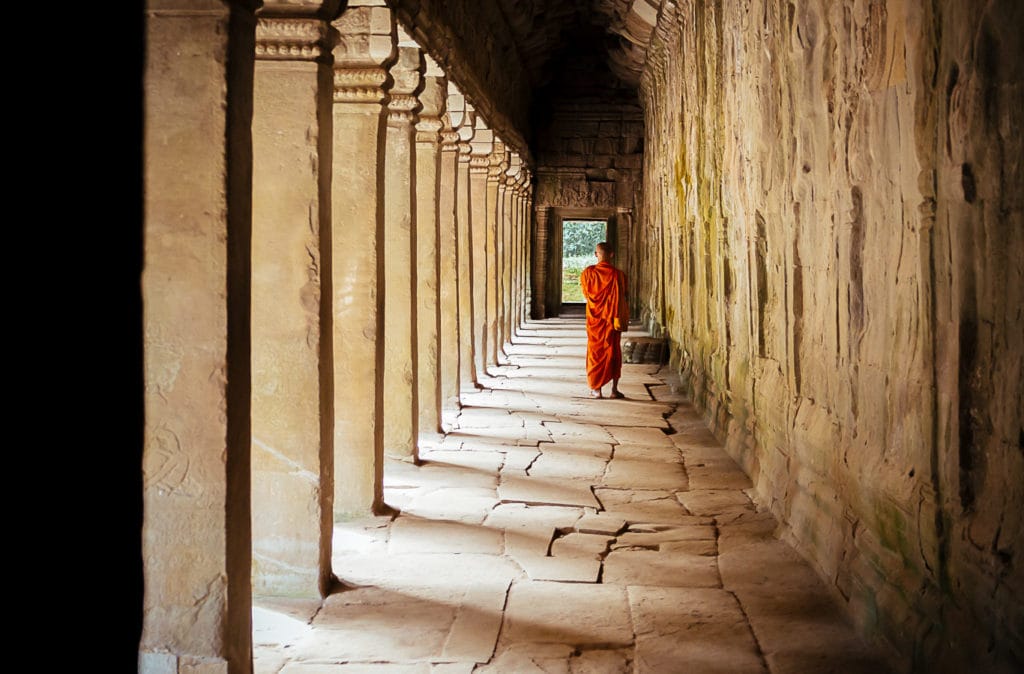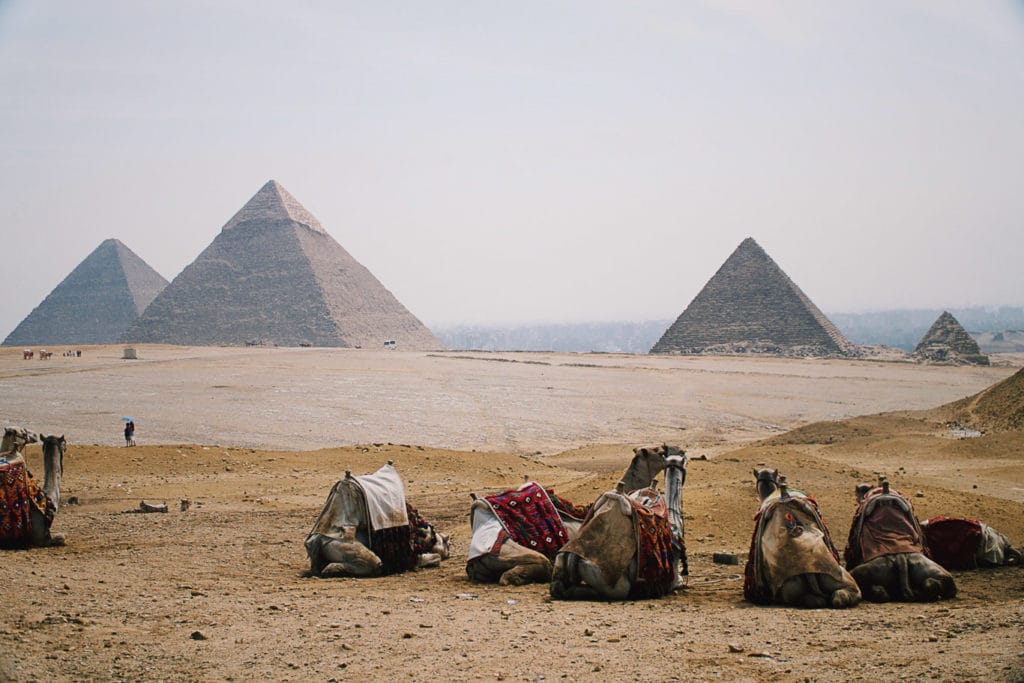Sail the Nile River
Adventures in Traveling Africa
DID YOU KNOW?
Ancient Egyptians would not have survived if they didn’t live near the Nile. Every year, the river would flood, providing water to sustain their crops, which is vital in a part of the world where rainfall is minimal. The River also provided a source of food and a suitable form of transportation.
The Worldwide Navigators Difference


Sojourn – Gain a better understanding of the community you’re visiting. Learn about different religions or spiritual practices. How do these impact the communities? How does religion or spirituality influence local traditions?
1 of 1

Savor – Will you choose sweet or savory? Take the time to visit local markets and discover unique local ingredients. Learn how to prepare traditional meals & local favorites.
1 of 1

Tip of the Tongue – Each morning, take the time to learn a few basic greetings and phrases in the local language. Learn how to write greetings & your name in the local script.
1 of 1

A Wrinkle in Time – History influences our present. Discover the history of the country you visit. Hear the stories of your guides & their family history. Where do they come from?
1 of 1

Journal Journeys – Take some time to reflect on the day’s events and document your journey. Spend a moment journaling about the day had & day ahead. These are memories for a lifetime!
1 of 1

Culture – From local dances, festivals, or simple gestures to communicate – all of these make up a country’s culture. Learn and practice cultural norms & how to show respect in the culture you visit.
1 of 1Itinerary
Our journey begins in the southern part of Egypt. After getting acquainted with your guide, the first stop is the Abu Simbel Temples, a UNESCO World Heritage site that’s located on top of the reservoir for the Aswan High Dam. Too many visitors to Egypt miss out on seeing these temples because of their location, but we make sure to take a look as soon as our trip begins.
Today we start making our way up the river through Egypt’s Lake Nasser, one of the world’s largest human-made lakes. On the north end of the lake, we reach a series of temples all near one another. First is the Temple of Philae, which is also known as the Temple of Isis, an important Goddess in ancient Egyptian religion. Next is the Temple of Khnum, which features magnificent artwork. On the other side of the river from Khnum is the Mausoleum of Aga Khan III. It’s a gorgeous structure that’s made of pink limestone and pays homage to one of the most important Muslim figures in the history of India.
Today takes us further north to the Edfu Temple, a Greco-Roman temple from the Ptolemaic dynasty in Egypt. Of all the temples on our journey, this is one of the best preserved, so it must be seen. With this being the only stop of the day, it provides the perfect opportunity to explore the town of Edfu on your own and eat some authentic Egyptian cuisine.
We take a break from traversing the Nile as we drop anchor in the city of Luxor for a couple of nights. The city of Luxor has six ancient temples that are all worth visiting if there’s time. The east side of the city also features the Abu Haggag Mosque, which was built in the 13th century. However, the highlight of the day may be the Avenue of Sphinxes, a stretch of roughly a mile and a half of sphinx pedestals that must be experienced by everyone who visits Egypt.
After spending the night in Luxor, our second day in the city takes us to the west bank of the Nile. It’s here we find the famous Valley of the Kings, as well as the Valley of the Queens, the final resting place of so many of ancient Egypt’s leaders. Among the highlights at these well-known tourist spots is the Tomb of King Tut. Of course, not to be overlooked on Luxor’s west bank is the Colossi of Memnon, home to two giant statues that have slowly deteriorated over time but still stand proud.
From Luxor, it’s a bit of a journey to make by boat to the Egyptian capital of Cairo. This day provides the opportunity to sit on the deck to relax and take in the views of the Nile.
Today, we get a slight break from all the travel and make a pitstop along the Nile at Tell El-Amarna. This site is considered one of the most important archaeological sites in Egypt. It’s the site of an ancient city that was briefly the capital of ancient Egypt. Tell El-Amarna is one of the more understated places to visit in Egypt, and its expansive size makes it the perfect place to stretch your legs amidst all the travel.
Get ready to end your trip with a bang, as you spend the entire day exploring the city of Cairo. On the agenda are the Hanging Church of Cairo, which dates back to the year 690 AD, the Cairo Tower, which will give you a panoramic view of Cairo from over 600 feet up, and the Egyptian Museum, which is home to over 5,000 Egyptian artifacts. Finally, we save the best for last: the Giza Pyramids, one of the seven wonders of the ancient world.
After a 9-day journey, it’s time to say goodbye to both Cairo and the Nile. As your last act, look at a map of Egypt and think about how you just traveled nearly the entire length of the country along the famous Nile River.
Welcome to Egypt!
Dating back to ancient times, the Nile River has been one of the most important bodies of water in human history. It’s large, powerful, and synonymous with the continent of Africa. The northern section of the river twists and turns throughout the country of Egypt before flowing into the Mediterranean Sea. On the banks of the river are many landmarks significant to the history of Egypt and human civilization in general.
Join us for a ride along the last stretch of the Nile River, making pit stops along the way at essential landmarks that are found throughout Egypt.
Value
3-6 Day
Group Trips
- Airfare
- Transportation
- 2.5 - 3-Star Accommodations
- Daily Activities & Excursions
- 2 Meals Per Day
- Tours & Entrance Fees
- Daytime & Self-Guided Tour Director
- 1 Impact Project
Classic
7-12 Day
Group Trips
- Airfare
- Transportation
- 2.5 - 3-Star Accommodations
- Daily Activities & Excursions
- 2 Meals Per Day
- Tours & Entrance Fees
- Daytime Guided Tour Director
- Up to 2 Impact Projects
Epic
7-14 Day
Group Trips
- Airfare
- Transportation
- 3.5 - 4-Star Accommodations
- Daily Activities & Excursions
- 2 Meals Per Day
- Tours & Entrance Fees
- 24/7 Guided Tour Director
- Up to 3 Impact Projects
- Final Celebratory Dinner
Interested in adding or modifying activities? No problem! All Worldwide Navigator itineraries can be customized to your liking!
In collaboration with our partners


